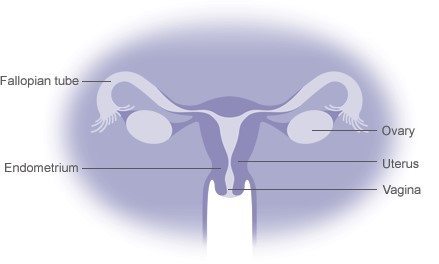Female Infertility
What is normal fertility?
At the start of each of your menstrual cycles, a hormone is released from your pituitary gland (in the brain). This hormone then acts by stimulating your ovaries to produce several (often between 6 and 10) follicles. One of the follicles will grow more quickly than the other follicles and becomes what is called the “dominant” follicle. The dominant follicle is the one that then releases an egg at ovulation each month.
During your monthly cycle, your ovaries produce several kinds of hormones, two of which are oestrogen and progesterone. Oestrogen promotes the growth of follicles, whereas progesterone prepares your uterus (womb) for pregnancy, and is released following ovulation.
After you ovulate, your egg will pass through your fallopian tube, and this is when it meets the sperm cells as they swim towards it. If a sperm cell manages to penetrate your egg’s outer layer, then fertilisation occurs, and the fertilised egg moves into your uterus. When the fertilised egg implants into the endometrium (which is the lining of your womb), pregnancy has begun.
If no fertilisation has taken place or if the embryo does not develop further, then your menstrual period begins (when you shed your endometrium) about fourteen days following ovulation.









